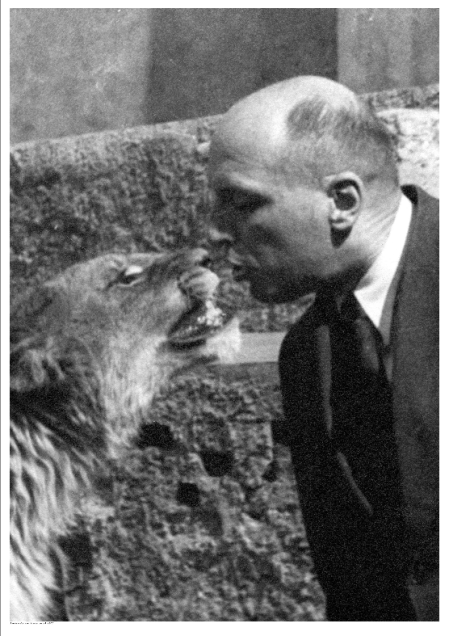
Back on 1st September this year I posted about the events in Poland 80 years ago, including the effects of wartime on Polish zoos like Warsaw.
Many male zoo staff like Jan Zubinski the Warsaw Zoo Director would have been called up, his family story told in the film and book The Zoo Keeper’s Wife.
Five to six weeks later, the last major Polish army unit in the field under General Franciszek Kleeberg surrendered on 6th October 1939 after a four day battle around the city of Kock.
Remnants of some Polish army units and pilots escaped to Britain to carry on the battle, including a group of Polish airmen who fought notably as pilots in Hurricanes in the Battle of Britain. Others including cavalry units survived for a while as partisans.
Many others were captured as POWs and many of the officers were shot by the Russians at the infamous Katyn Massacre.
Russians? Struggling to hold the onslaught and blitzkrieg of the German Army and Airforce, Polish army could do little when the Soviet / Russian Red Army invaded from the East on 17th September 1939.
25th September 1939 was known as “Black Monday” after a massive Luftwaffe (German Air Force) air raid on the capital city of Warsaw (including its Zoo) with heavy civilian casualties.
Warsaw Zoo and Polish zoos in wartime
Ironically the 1939/40 International Zoo Directors Meeting was supposed to be hosted in Warsaw Zoo, by which time it was in ruins.
After the surrender of Warsaw to the Germans, most of the ‘valuable’ animal species (in the eyes of German zoo director Lutz Heck) were taken to the Schorfeide reserve in Germany.
Others described as ‘not valuable’ were shot and the zoo was closed. It survived as a fur farm and pig farm and played a valuable underground role in smuggling Jews out of Warsaw.

Jan Zabinski – Wikipedia source
During WW2, Jan Żabiński, the director, together with his wife Antonina and their son Ryszard, saved more than 300 Jews from the Holocaust.
https://www.haaretz.com/jewish/exhibition-at-warsaw-zoo-honors-couple-who-saved-jews-1.5349911
Jan Żabinski was seriously injured and taken prisoner during the 1944 Warsaw uprising. When he returned to Warsaw Zoo after the War, animals started being reintroduced, which reopened in 1949.
Poor old Poland.
Other Polish zoos like Wroclaw Zoo also suffered in WW2:
“During the siege of Festung Breslau, most of the [Wroclaw] zoo animals were killed and the remaining ones were sent to other zoos located in a number of Polish cities including Poznań, Kraków and Łódź.
After the Second World War, the plans to rebuild the zoo were drawn and one of the main initiators of this project was zoologist Stanisław Kulczyński from the Wrocław University of Technology. In 1947, Karol Łukaszewicz, who previously worked at the Kraków Zoo, was appointed the first Polish director of the zoo that was soon to be reopened. He played a key role in rebuilding the ruined zoo, bringing back the animals that were taken away from the zoo as well as acquiring new ones. On 18 July 1948, the Wrocław zoo was ceremonially [re]opened.” Wikipedia source
Before the start of World War II, the Poznań Zoo was home to over 1100 animals of 300 species. Many of the zoo buildings were destroyed. Only as few as 175 animals survived the war including surprisingly wolves, deer and a hippopotamus.
When Polish zoos were rebuilt after the end of the war in 1945, their site remains were then in Soviet hands, cut off largely from the rest of Europe until 1989, 50 years after the start of WW2.
Finally after 1989 the western and eastern Europe zoos could be united in international breeding programmes through networks like EAZA and WAZA, “Working together for Wildlife” and finally “United for Conservation.”
Blog posted by Mark Norris, World War Zoo Gardens Project, 6/7 October 2019.
